Cats are fascinating creatures known for their independent nature and enigmatic behaviors. As pet owners, recognizing when a cat is testing their trust in you can significantly strengthen your bond with your feline companion. Understanding feline behavior and the subtle cues they use to communicate can help you build a lasting relationship based on trust and respect. In this article, we’ll explore how to recognize signs that a cat is testing their trust in you and how to respond appropriately to foster a positive bond.
Understanding Cat Behavior
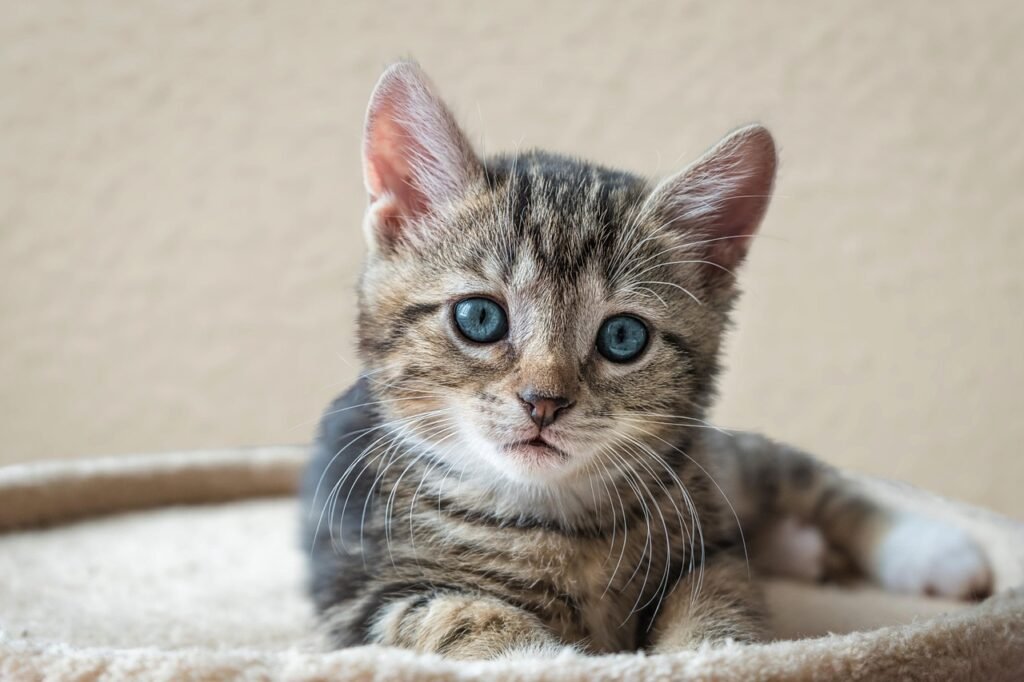
Cats are often misunderstood due to their elusive and solitary tendencies. Unlike dogs, who openly express affection, cats can be more subtle with their emotions. Understanding that a cat’s testing of trust is part of their natural behavior is crucial. Cats rely on their instincts to protect themselves, which is why earning their trust can be a gradual process. They might use specific behaviors to determine your trustworthiness, and recognizing these can help you respond in a way that makes them feel safe and comfortable.
Signs of Trust Testing
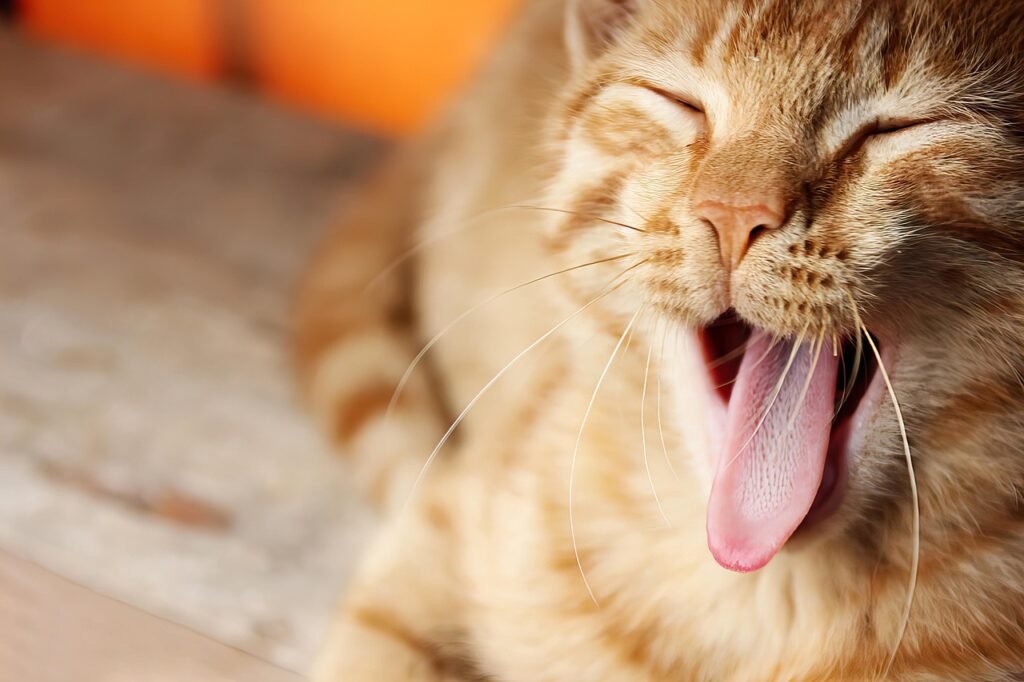
Your cat may be testing their trust in you if they exhibit behaviors like slow blinking, showing their belly, or bringing you gifts. Each of these actions is a significant step in determining if you are someone they can trust. For example, slow blinking is often referred to as “cat kisses,” indicating a relaxed and trusting state. Exposing their belly is an even deeper test of trust since it’s a vulnerable position. Recognizing these signs allows you to understand your cat’s needs and respond with the appropriate level of care and affection.
Body Language Cues
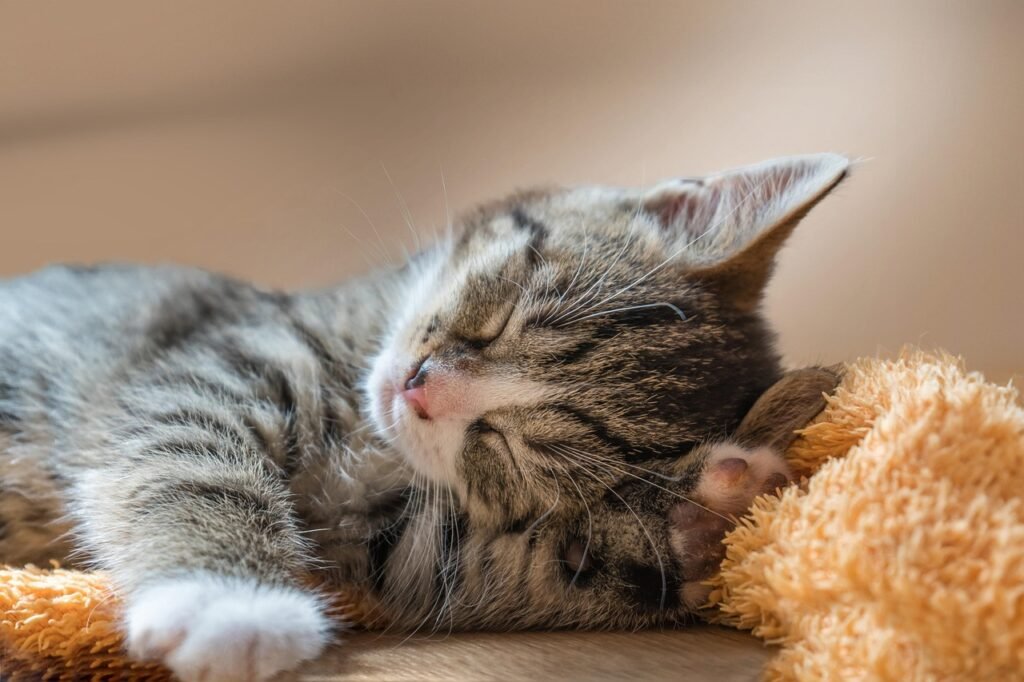
Feline body language can reveal a lot about their emotional state. Pay attention to their tail, ears, and posture. A high, slowly waving tail often signifies curiosity and confidence, indicating they are comfortable testing their trust. Conversely, flattened ears or a puffed-up tail can indicate anxiety or aggression, suggesting that trust is still being built. Observing these cues can guide your interactions with your cat to foster trust.
Interaction Patterns
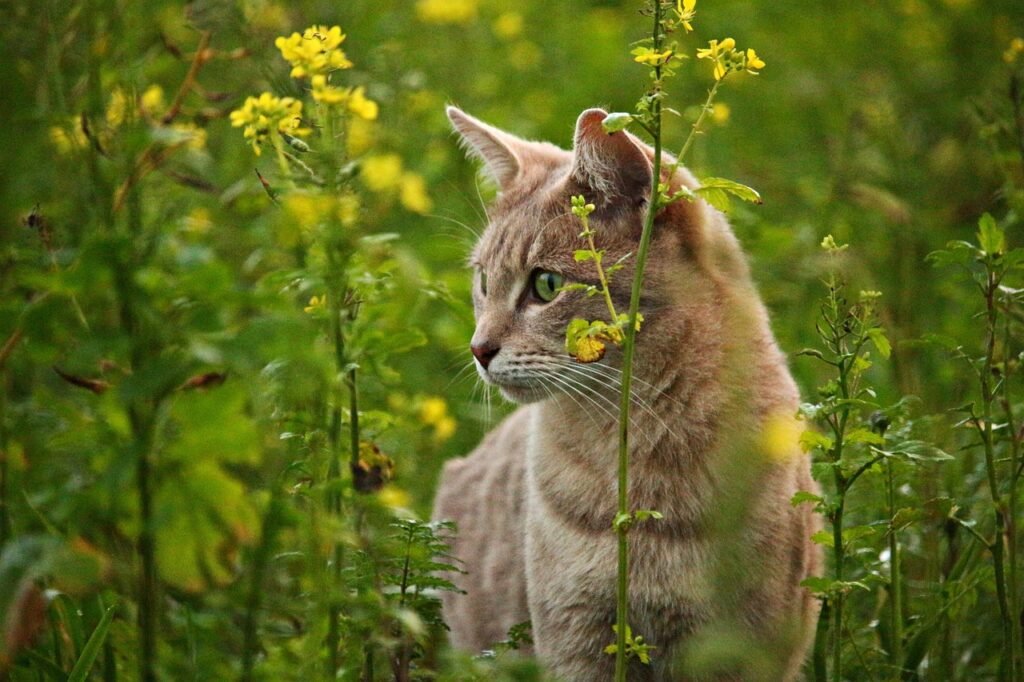
Cats test trust through interactions such as rubbing against you, kneading, or following you around the house. Rubbing is a way to mark you with their scent, showing that they consider you part of their territory, thus trusting you. Kneading is reminiscent of kittenhood, signaling comfort and trust. If your cat follows you, it shows they feel safe in your presence. Encouraging these interactions can help reinforce trust-building behaviors.
Vocal Communication
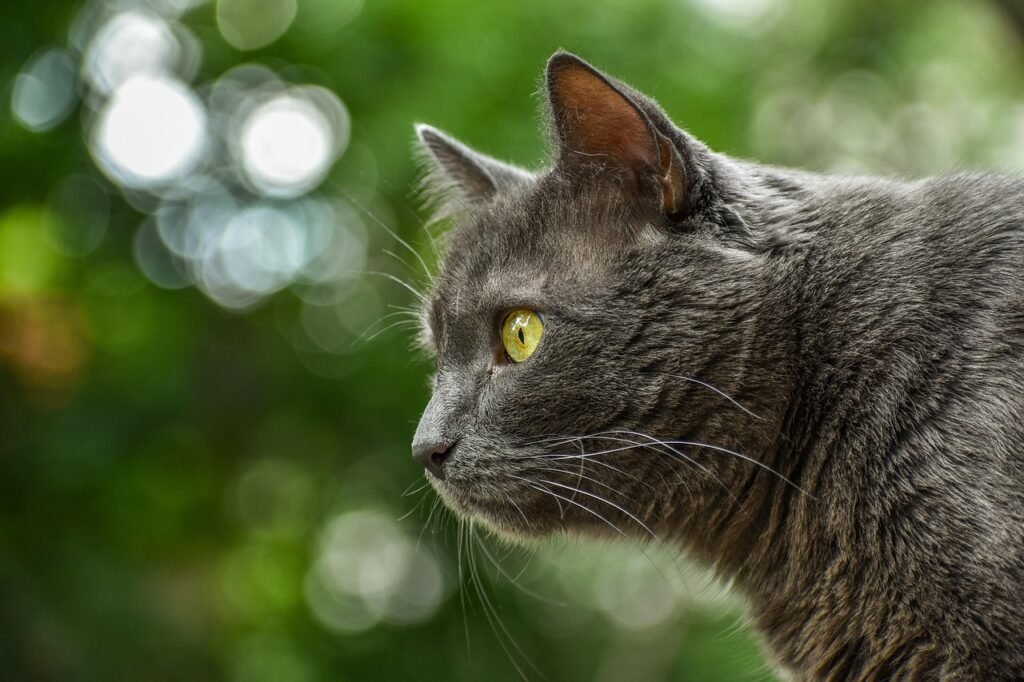
Cats use a variety of vocalizations to express themselves. Purring usually signifies contentment and trust, whereas meowing can range from greeting to seeking attention or expressing discomfort. Familiarizing yourself with your cat’s vocal patterns can help you gauge their trust levels. Respond calmly and consistently to encourage positive communication and trust-building.
Respecting Boundaries
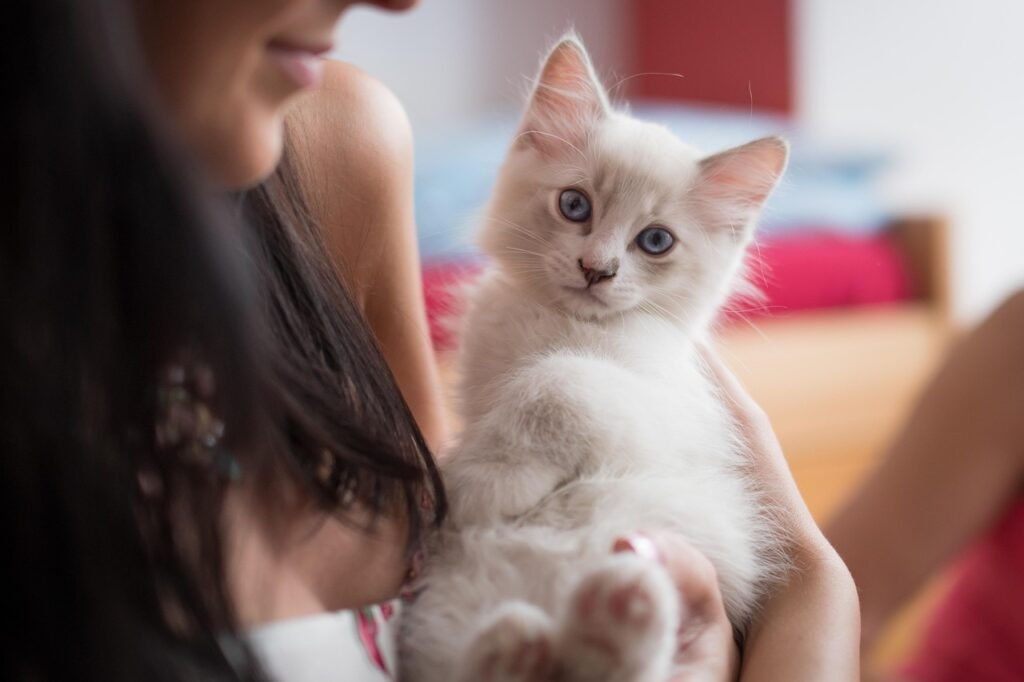
Respecting your cat’s boundaries is essential in building trust. Cats appreciate their personal space and will trust you more if you allow them to approach you on their terms. Avoid forcing interactions or handling them if they seem reluctant. Being patient and giving them space builds a foundation of trust and respect.
Playing and Bonding

Engage your cat in interactive play to strengthen your bond and build trust. Play mimics hunting and provides mental stimulation, helping to create positive associations with your presence. Use toys that encourage natural predatory behaviors, and honor your cat’s pace during play sessions. This shared activity reinforces trust and companionship.
Offering Treats and Rewards
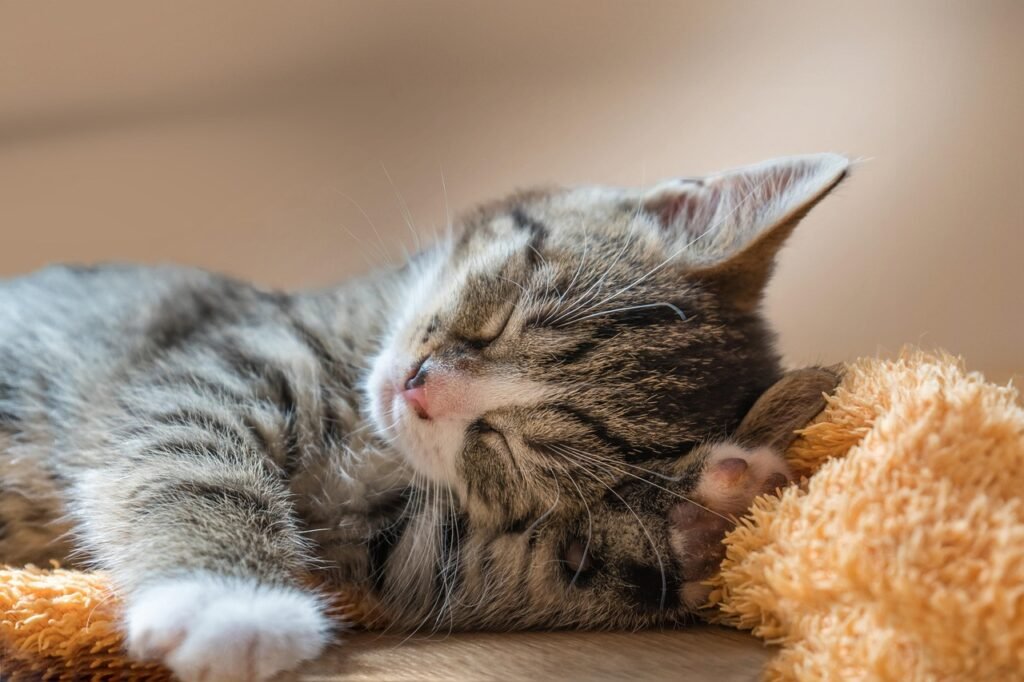
Offering treats can be a great way to build trust with your cat. Positive reinforcement through treats encourages good behavior and strengthens your bond. However, ensure treats are given in moderation and don’t replace a balanced diet. Observe how your cat reacts to different types of treats and offer them as a means of reinforcing trust-building behavior.
Providing a Safe Environment
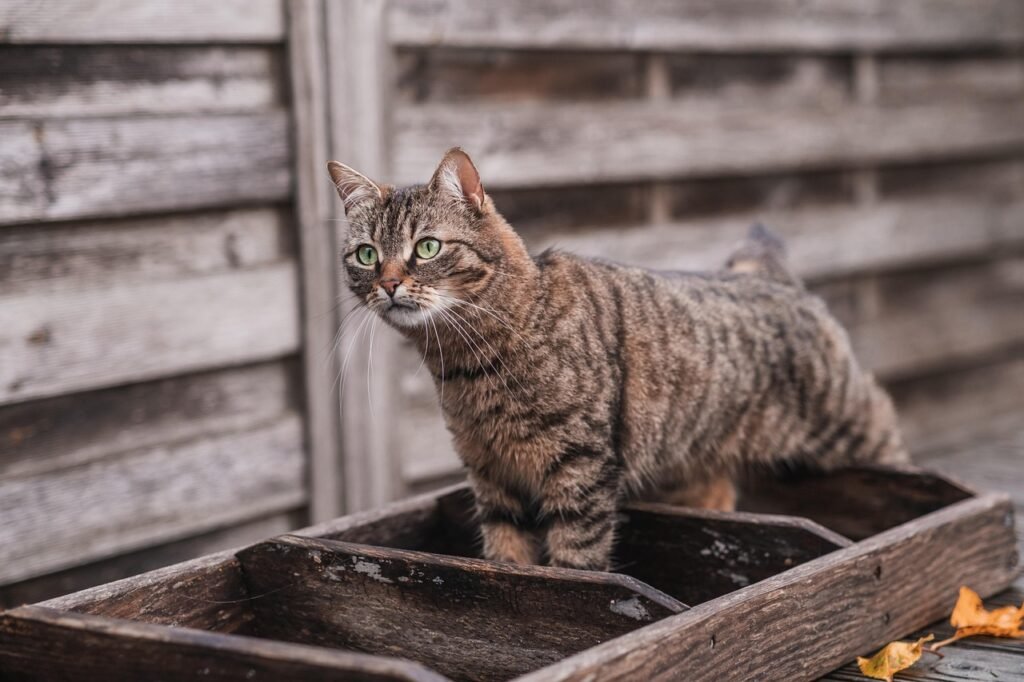
A cat that feels secure in their environment is more likely to trust their owner. Provide a space where your cat can retreat and relax, complete with familiar scents and comfort. A safe environment minimizes stress and fosters trust, making your cat more open to social interactions and tests of trust.
Consistency in Routine
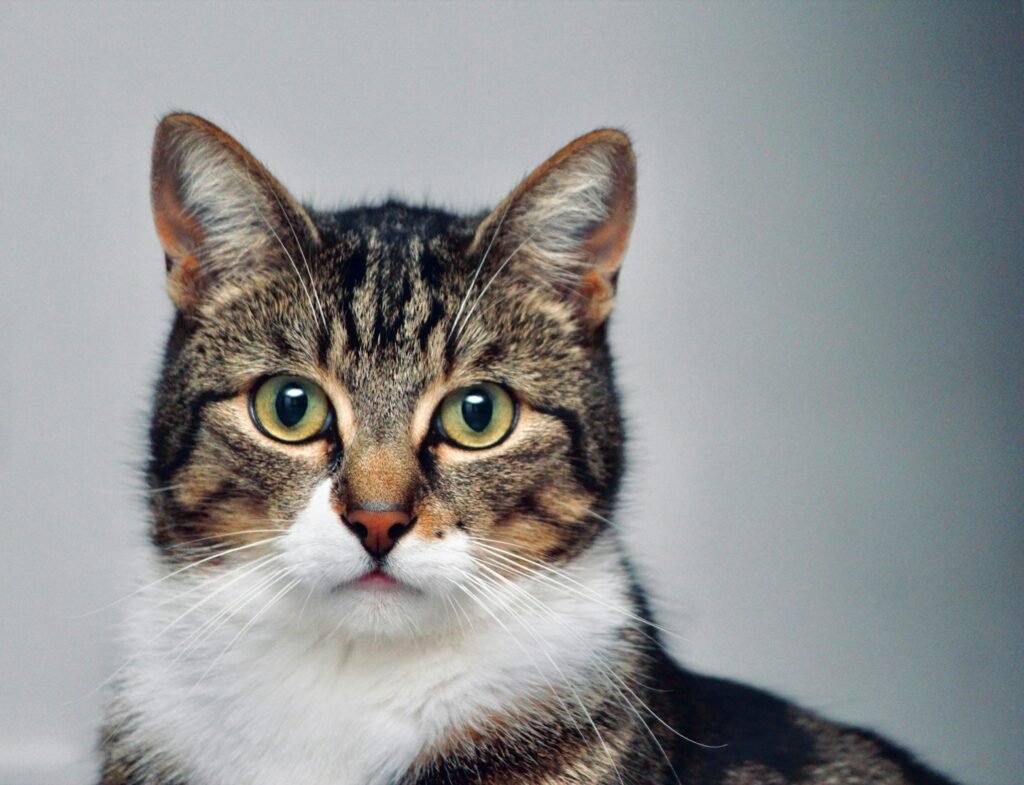
Cats thrive on routine and consistency, which helps them feel secure. Establishing a predictable daily routine in terms of feeding, playtime, and rest helps your cat trust in your reliability. Changes in routine can cause stress, so maintaining consistency is key to building trust.
Health and Well-being
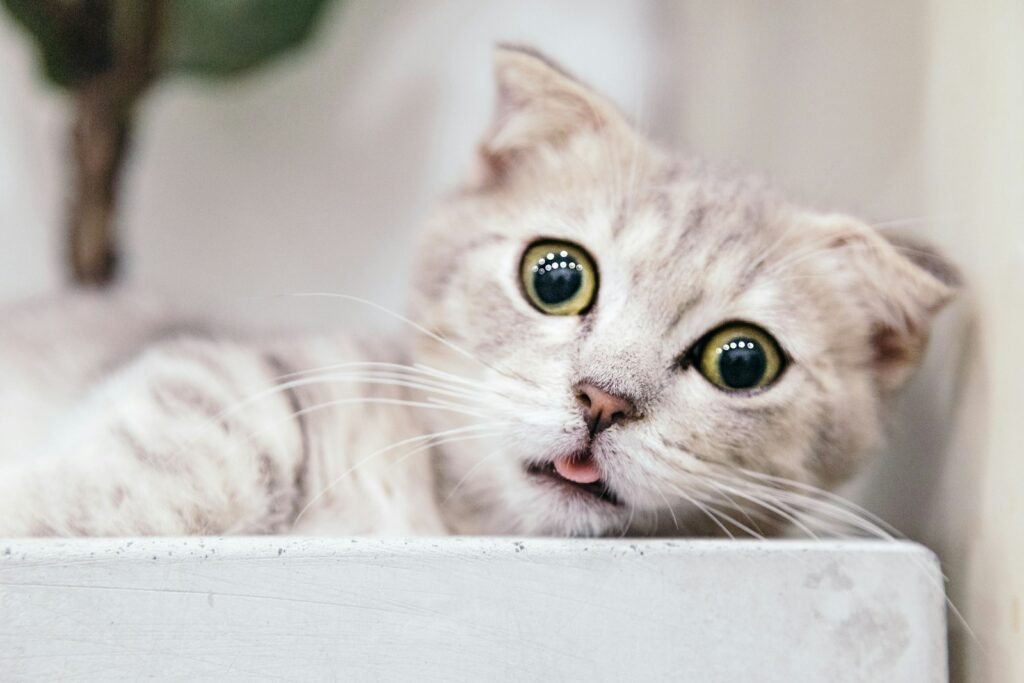
Your cat’s physical health plays a significant role in their emotional well-being. Regular veterinary check-ups and a healthy diet ensure they remain in good health, which reduces stress and fosters trust. A healthy cat is a happy cat, and their trust levels will reflect their overall state of well-being.
Understanding Individual Needs

Each cat is unique, with distinct personalities and needs. Understanding your cat’s specific preferences and behaviors allows you to meet their individual needs, helping to build trust. Observing and adapting to their individual communication styles fosters a deeper bond.
Trust Signals Over Time
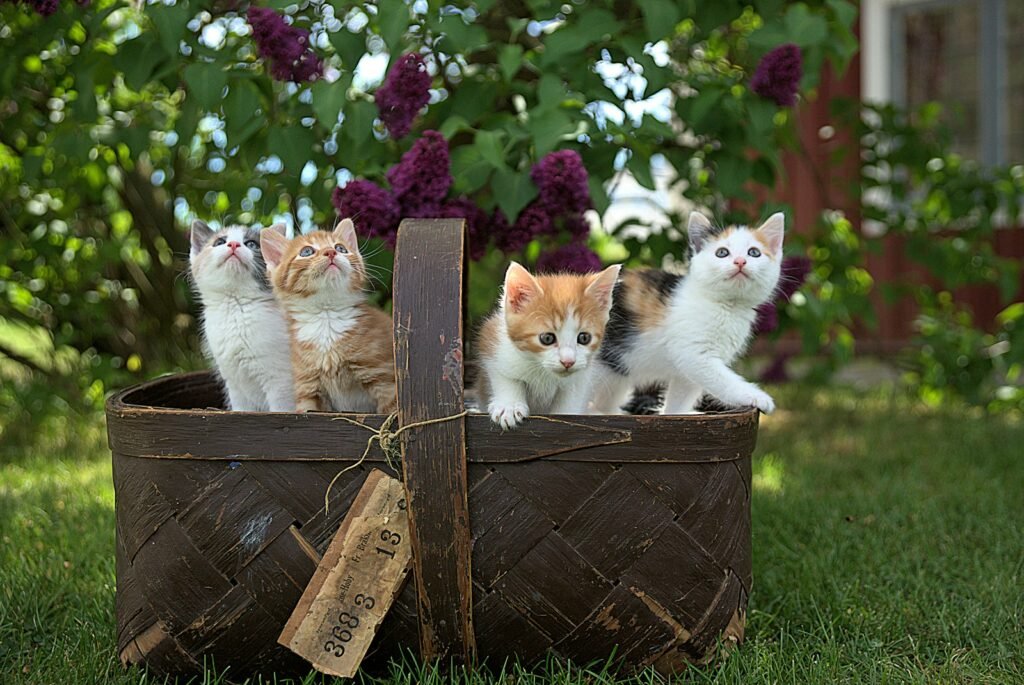
Earning a cat’s trust is a gradual process that requires patience and understanding. Over time, your cat’s behavior will reflect their growing trust in you. Continual observation and interactions will help you recognize the nuanced ways in which your cat shows trust, allowing you to nurture your relationship further.
Conclusion: Building a Trusting Relationship

Recognizing when a cat is testing their trust in you involves understanding and respecting their communication cues and behaviors. By observing body language, respecting boundaries, and engaging positively, you can cultivate a trusting relationship. Consistency, a safe environment, and a deep understanding of their individual needs help strengthen this bond. As this relationship grows, you will find that the subtle language of trust spoken by your cat offers a rewarding companionship based on mutual respect and love.
Hi, I’m Bola, a passionate writer and creative strategist with a knack for crafting compelling content that educates, inspires, and connects. Over the years, I’ve honed my skills across various writing fields, including content creation, copywriting, online course development, and video scriptwriting.
When I’m not at my desk, you’ll find me exploring new ideas, reading books, or brainstorming creative ways to solve challenges. I believe that words have the power to transform, and I’m here to help you leverage that power for success.
Thanks for stopping by, Keep coming to this website to checkout new articles form me. You’d always love it!






